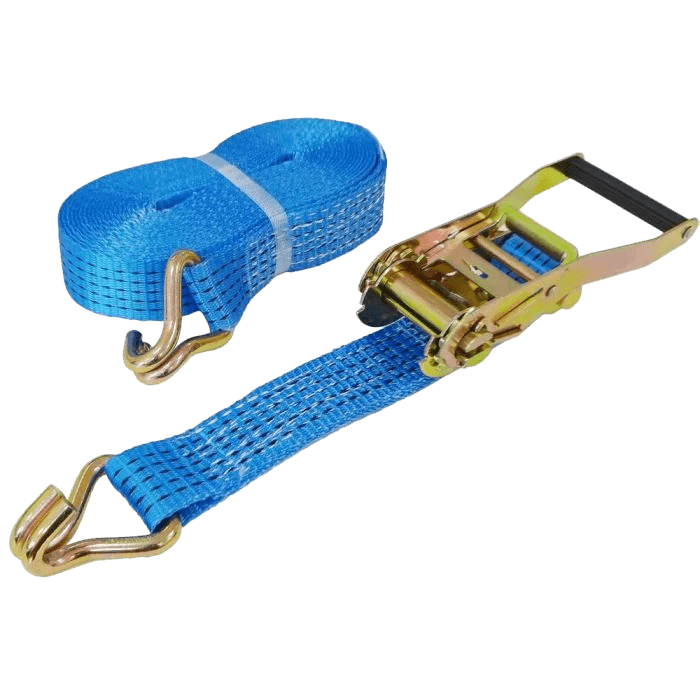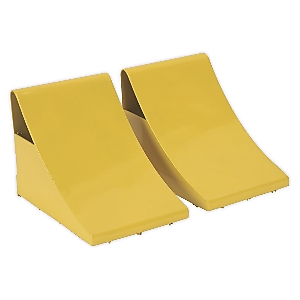Most Visited Categories
Recently viewed products
Related Categories
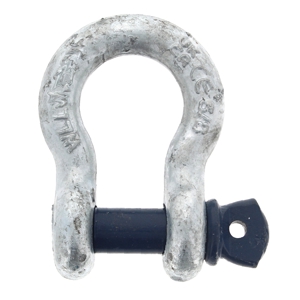
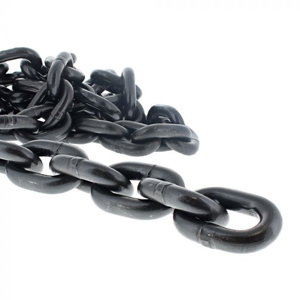
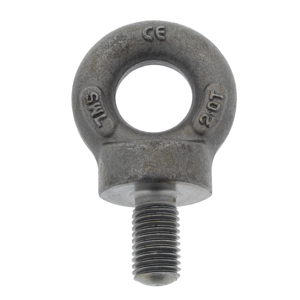
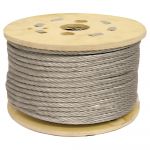

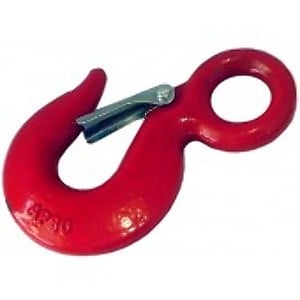
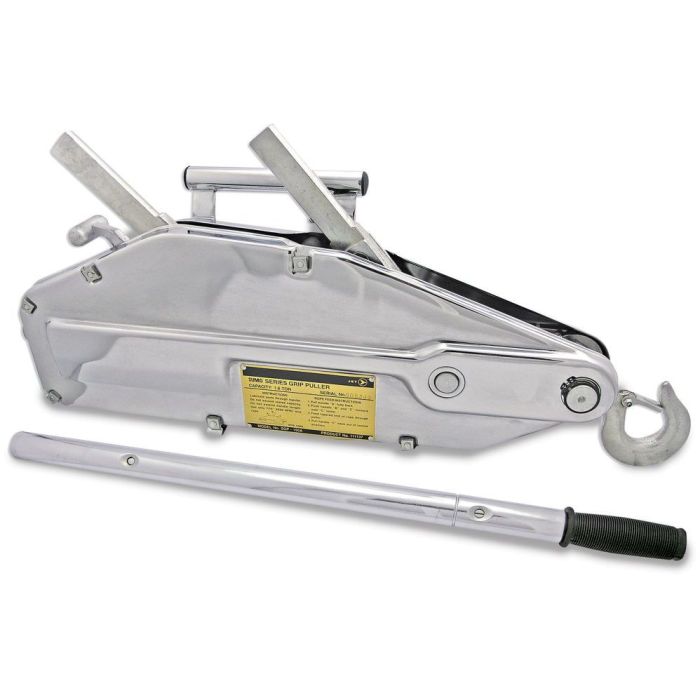
From load binders to ratchet straps, securing a load ensures goods arrive undamaged over any distance they travel. Ratchet straps are ideal in the transportation and farming industry when securing a load to ensure goods arrive undamaged and prevents goods from falling into the road. Load binders use chains to hold goods in place such as transporting large machinery. Shackles are used to connect lifting slings, rope or chain to each other or an object.
When it comes to transporting goods, load-securing equipment and load restraints are essential for ensuring that your cargo arrives safely and securely. At L&S Engineers, we offer a wide selection of loadbinders, tarpaulins, ratchet load straps, bungee cords and much more to meet all your load restraint needs.
Load securing and restraints are crucial for the safe transportation of goods on UK roads. Improperly secured loads can cause accidents, damage to goods and property, and even fatalities. Therefore, it is essential to use proper load securing equipment and restraints to prevent any mishap.
The UK has specific regulations and legislation regarding load securing and restraints. The Road Traffic Act 1988 states that it is an offence to use a vehicle on a public road if the load is not secure enough. The load must be restrained in such a way that it does not move, slide or fall from the vehicle while driving. The Goods Vehicles (Plating and Testing) Regulations 1988 sets out the minimum standards for load securing, including the load must be strong enough to withstand the forces it may encounter during transportation.
There are different types of load securing equipment and vehicle restraints available in the market. Loadbinders are used to secure heavy-duty cargo such as steel, lumber, and machinery. Tarpaulins are used to cover the load and protect it from weather conditions. Ratchet load straps are versatile and are used to secure various types of loads. Bungee cords are stretchable cords used to secure lighter loads and are commonly used for camping and outdoor activities.
It is essential to choose the right load securing equipment and restraints based on the type of load being transported. Failure to do so can lead to fines, penalties, and even imprisonment in severe cases. Therefore, it is vital to follow the UK regulations and legislation and use the appropriate load securing equipment and restraints to ensure the safety of the driver, the vehicle, and other road users.
What is load securing?
Load securing is the process of ensuring that goods transported on a vehicle are properly secured and do not move or shift during transit, which could pose a danger to the vehicle, driver, and other road users. The objective is to prevent cargo from falling off, shifting, or being damaged while in transit. Load securing can involve using different types of equipment such as straps, chains, ropes, and nets to secure the load to the vehicle or lorry. The importance of load securing cannot be overstated as it helps prevent accidents and ensures the safe and efficient transportation of goods.
What are the 3 main methods of direct load restraint?
The 3 main methods of direct load restraint are:
1. Friction: This involves wedging the load against other objects, such as the walls of a vehicle, to create enough friction to prevent it from moving.
2. Blocking: This involves placing blocks, chocks, or other devices at the front and/or back of the load to prevent it from moving forward or backward.
3. Tensioning: This involves applying tension to the load using tie-downs, chains, or straps to prevent it from shifting or moving during transit. The tie-downs or straps are secured to anchor points on the vehicle or trailer, and tightened to create tension and secure the load.
What equipment can be used to restrain a load?
There are several types of equipment that can be used to restrain a load during transportation, including:
1. Load Binders: Used to tighten chains or webbing straps around the load, load binders come in different sizes and types such as ratchet or lever chain binders, and cam buckle or ratchet strap binders.
2. Ratchet Load Straps: These straps are used to secure the load and prevent it from moving during transportation. They come in different lengths, widths, and weight capacities.
3. Bungee Cords: These cords have elastic properties and are used to secure lightweight loads such as tarpaulins, covers, or small boxes.
4. Tarpaulins: These are covers made of heavy-duty fabric or plastic that are used to protect the load from weather and other external factors.
5. Chains: Heavy-duty chains are used to restrain larger or heavier loads such as machinery or vehicles. They require load binders to secure and tighten them properly.
It is important to select the appropriate equipment based on the size and weight of the load, and to ensure that it meets the relevant regulations and standards.
At L&S Engineers, we're committed to providing our customers with the best possible service. If you have any questions about our load securing equipment, please don't hesitate to get in touch with our friendly service team.
Read more on UK regulations here.

